Photos taken by Elinor Ketelhohn (Columbia University), Student Correspondent for CET Brazil (Social Justice), Spring 2025
Liberdade Neighborhood

Exploring Liberdade—São Paulo’s vibrant Japanese neighborhood, shaped by the migration of Japanese immigrants to Brazil starting in 1908. With its authentic cuisine, unique shops, and annual festivals, it’s a testament to Brazil’s cultural diversity, history of immigration, and social integration.
Centro Empresarial de São Paulo
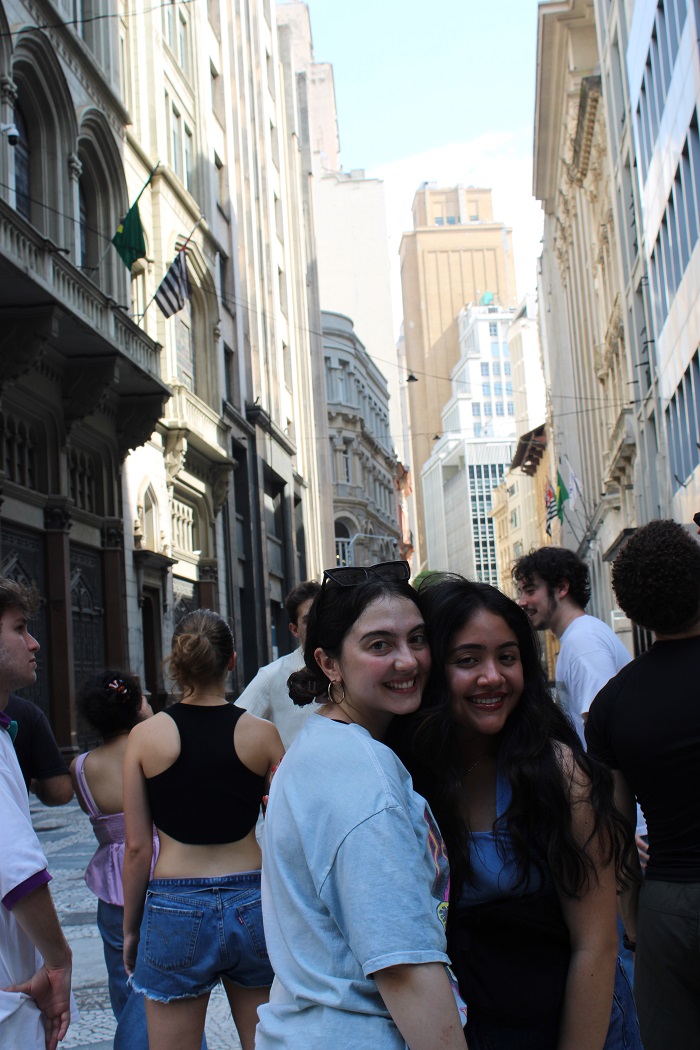
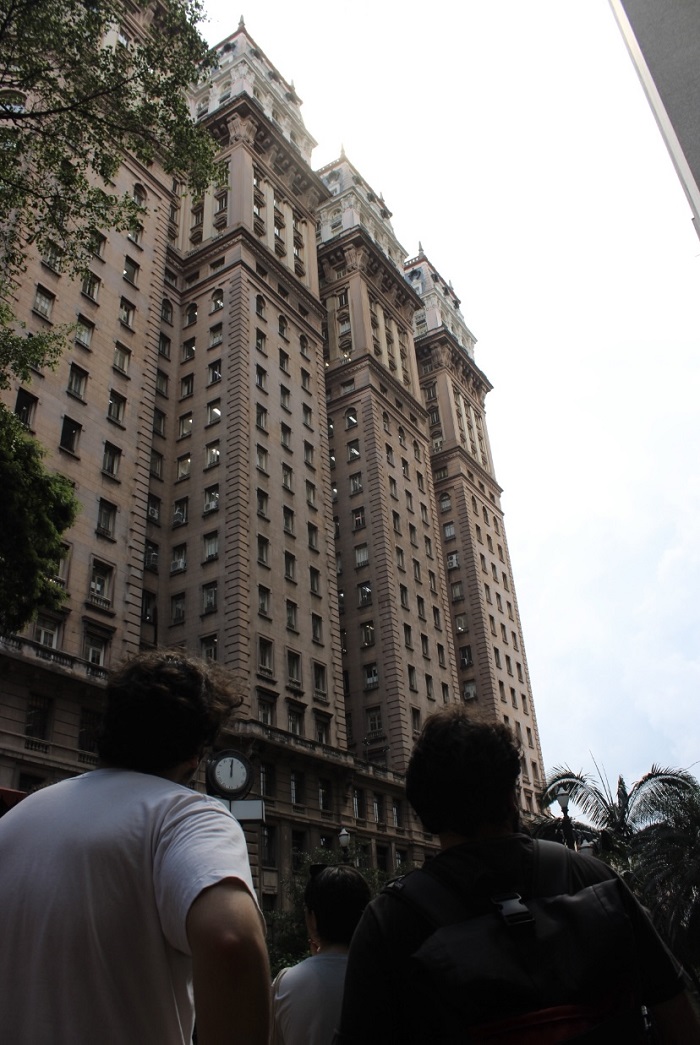
São Paulo’s financial district, often referred to as the Centro Empresarial de São Paulo, is the heart of the city’s commerce, banking, finance, and corporate headquarters. Looks like FiDi in New York!
Here’s Brazil’s first skyscraper! The Martinelli Building in São Paulo is an architectural gem, standing as one of the city’s tallest and most iconic landmarks since 1929. With its unique blend of Art Deco and Italian Renaissance styles, it once reigned as the tallest building in Latin America. Today, it remains a symbol of São Paulo’s transformation into a global metropolis and a must-see for architecture enthusiasts.
Capoeira: A Dance of Strength and Culture
Capoeira is a dynamic Brazilian martial art that combines elements of dance, acrobatics, and music. Originally developed by enslaved Africans in Brazil, it was a way to practice self-defense disguised as a dance. Today, it’s a celebrated art form worldwide, promoting strength, agility, and cultural heritage.
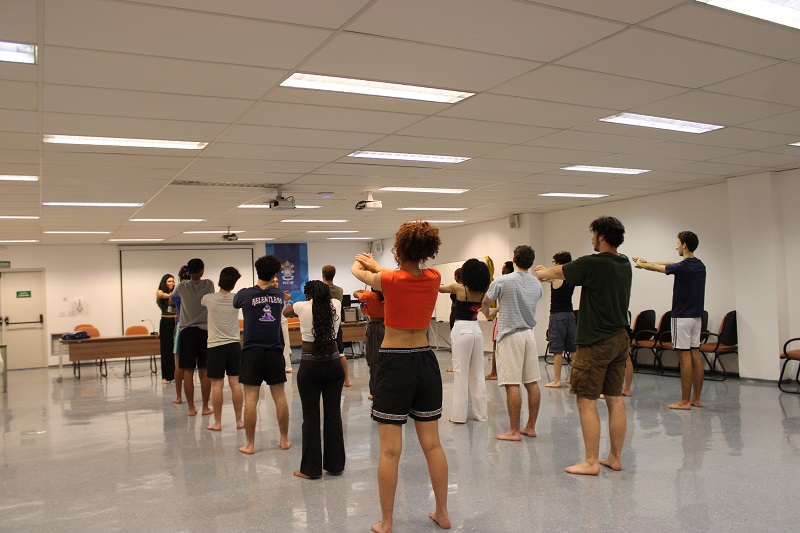
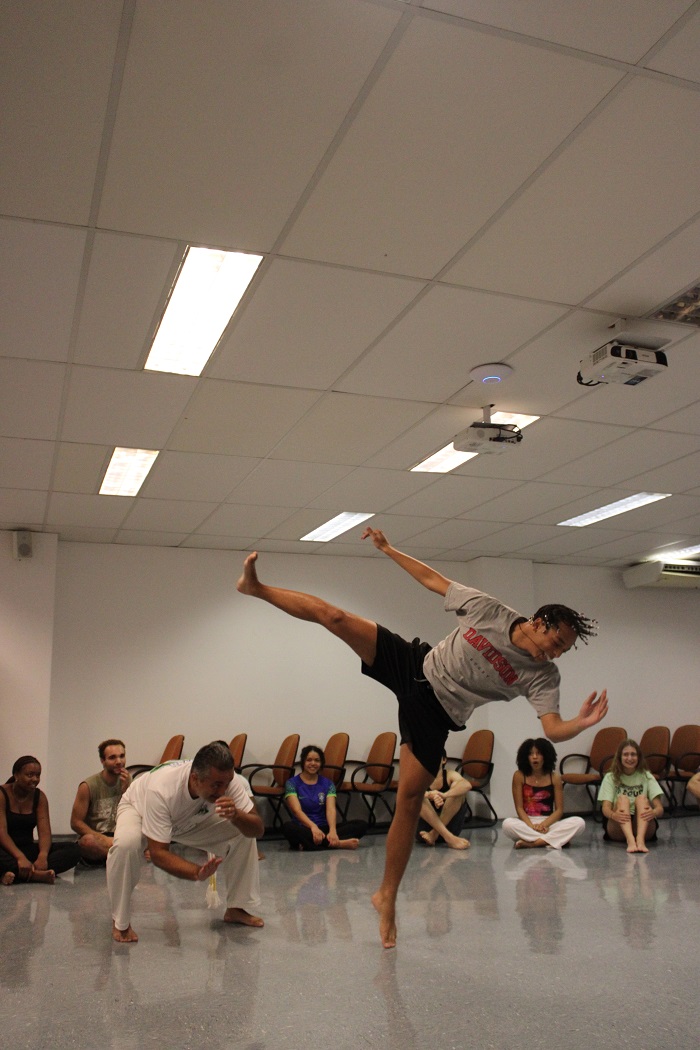
Capoeira is deeply tied to resistance, as it was originally created by enslaved Africans in Brazil as a way to defend themselves while disguising their movements as dance. It served as a form of rebellion against oppression, allowing them to practice self-defense and build solidarity without drawing attention. Over time, Capoeira became a symbol of resilience, preserving African culture and resisting colonial forces.
Churches and Cathedrals in São Paulo
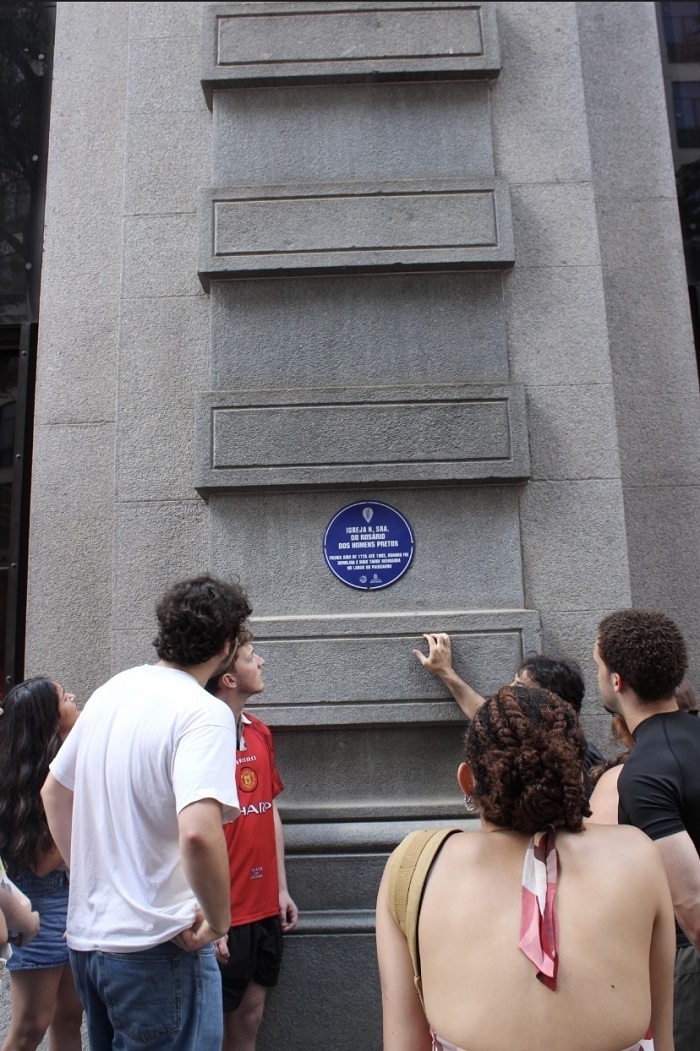
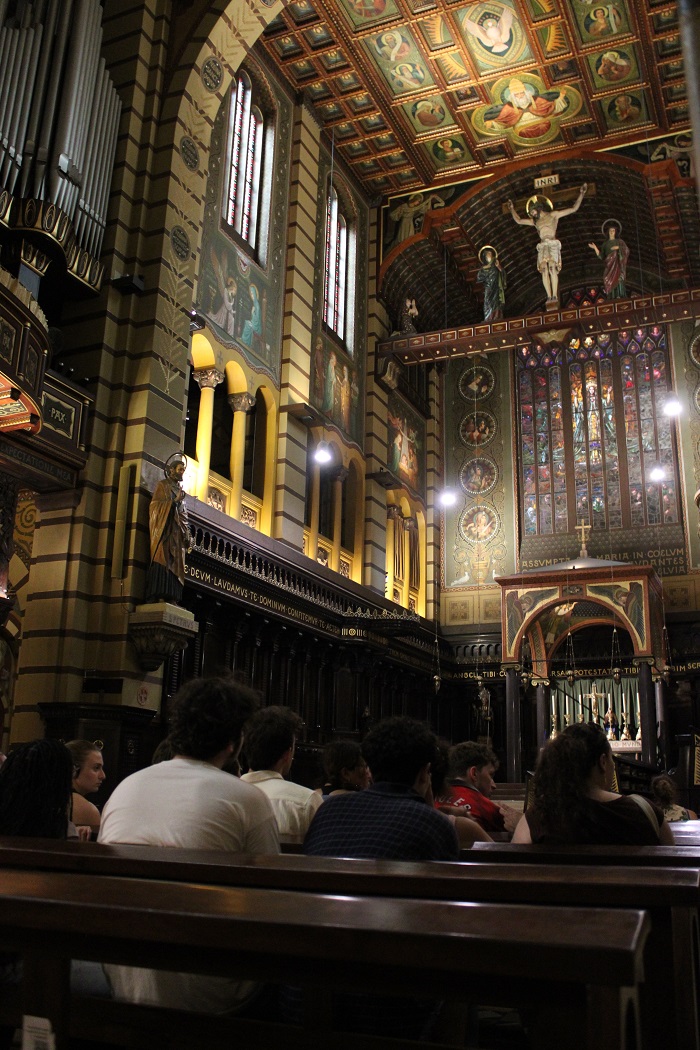
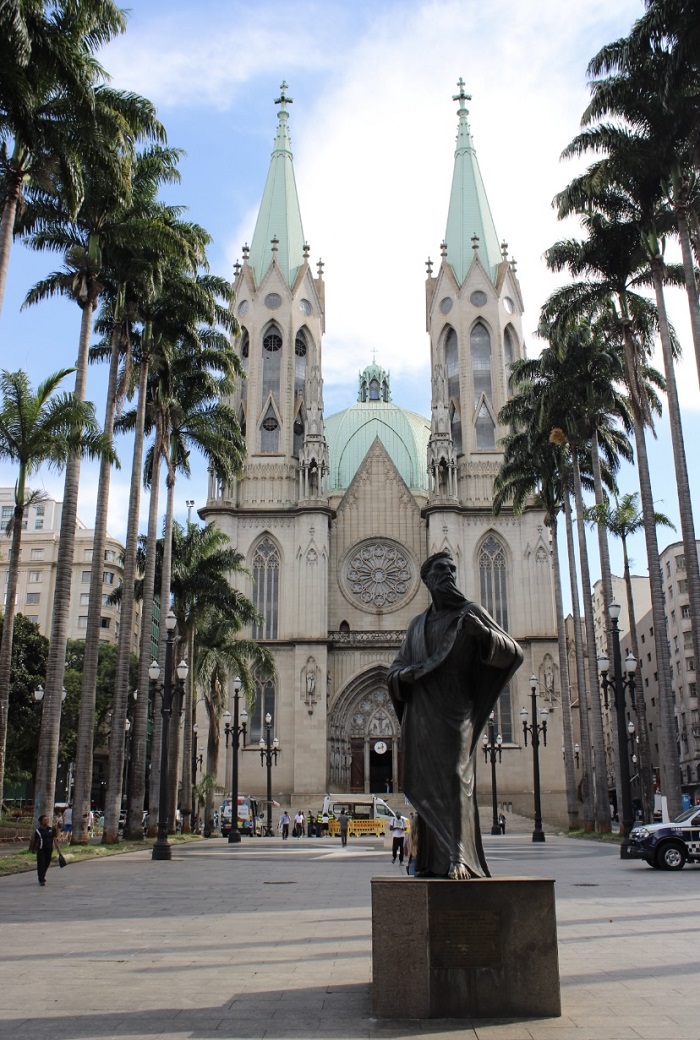
The Igreja de Nossa Senhora do Rosário dos Homens Pretos is a historic church in São Paulo, founded in the 18th century by Afro-Brazilian slaves and free men. It stands as a powerful symbol of faith, resistance, and the rich cultural heritage of the Black community in Brazil.
The São Paulo Cathedral (Catedral da Sé) is a stunning neo-Gothic masterpiece and one of the largest in Brazil, located in the heart of the city. Right in the Praça da Sé, it offers a peaceful spot amid the urban hustle.
Founded in 1598, the Mosteiro de São Bento is one of São Paulo’s oldest landmarks, featuring a beautiful Baroque-style church with intricate gilded details. The Benedictine monks still preserve centuries-old traditions, offering a peaceful retreat in the heart of the city.